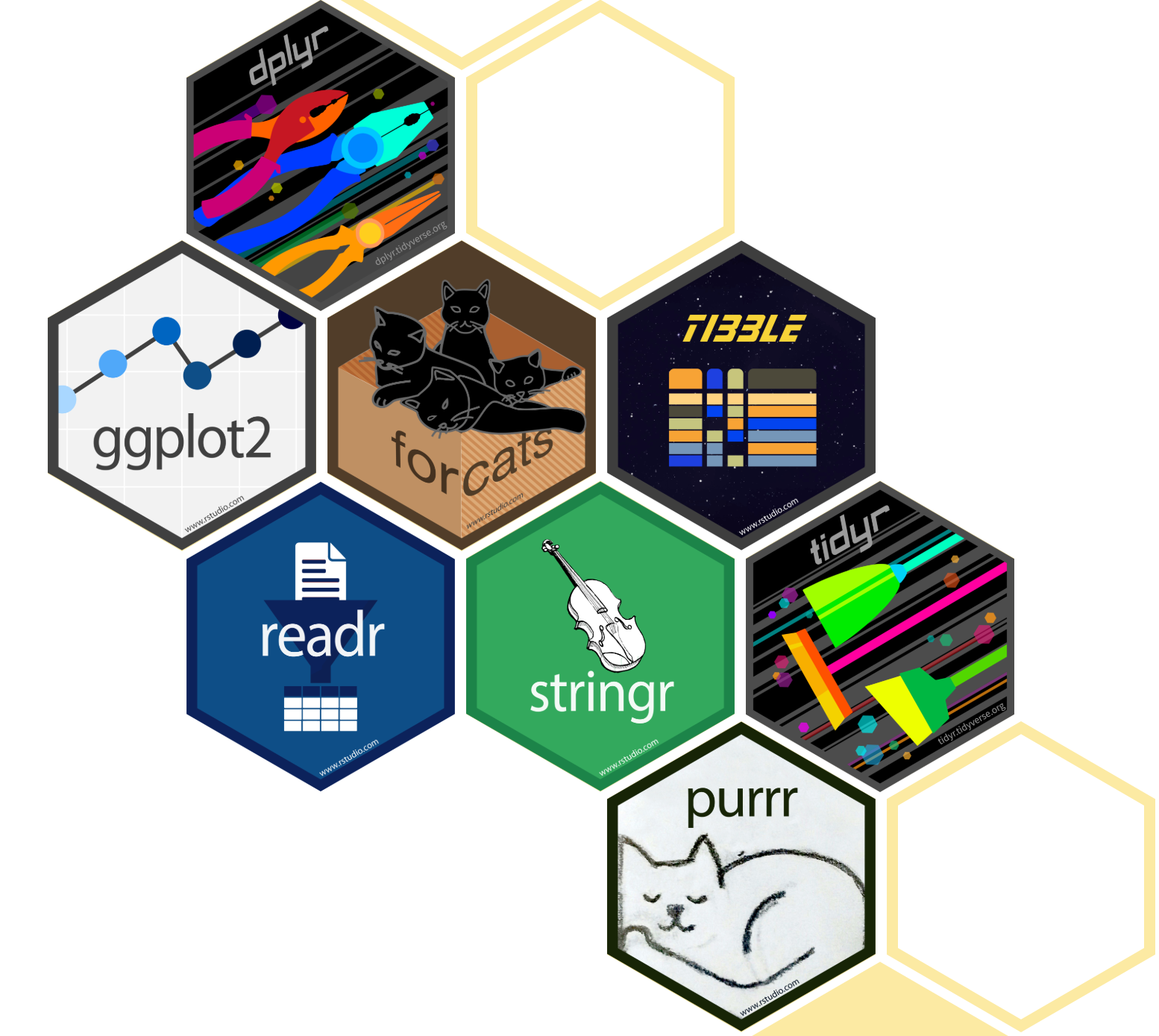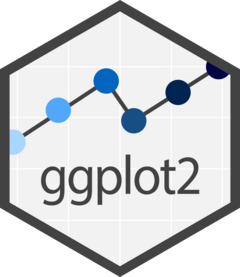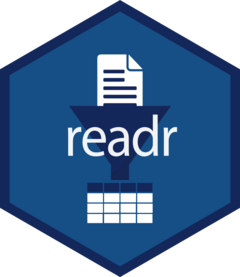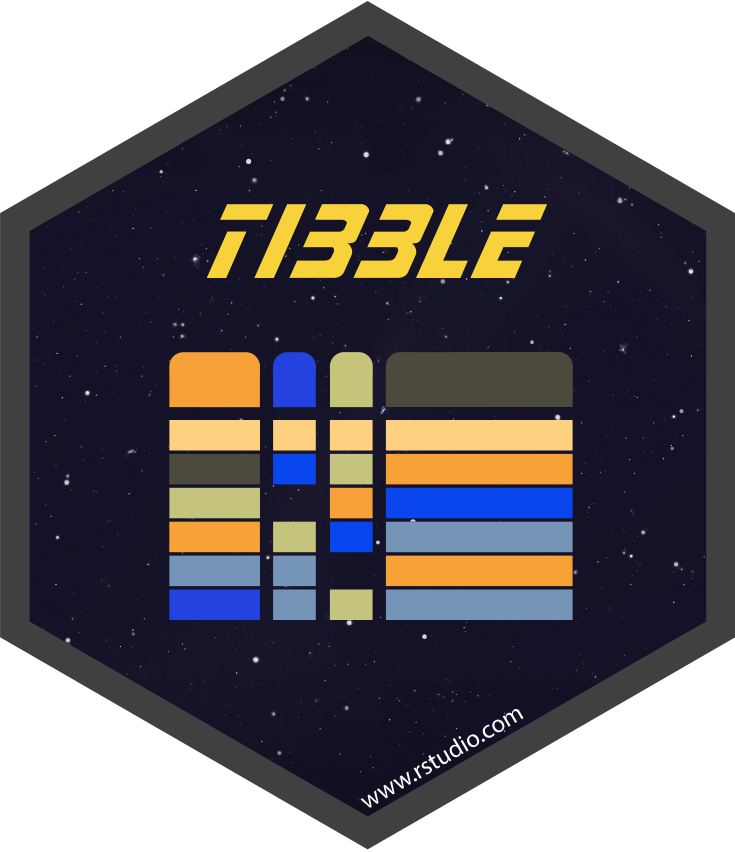Bridging Finance with Programming
This page was intentionally left blank
Outline
- This lecture is mainly based the following textbooks:
- Tidy Finance (Scheuch, Voigt, and Weiss 2023)
- R for Data Science (Wickham, Mine Cetinkaya-Rundel, and Grolemund 2023)
Coding Replications
For coding replications, whenever applicable, please follow this page or hover on the specific slides with containing coding chunks.
- Ensure that you have your session properly set-up according to the instructions outlined in the course webpage
- Along with the slides, this lecture will also contain a replication file, in
.qmdformat, containing a thorough discussion for all examples that have been showcased. This file, that will be posted on eClass®, can be downloaded and replicated on your side. To do that, download the file, open it up in RStudio, and render the Quarto document using the Render button (shortcut:Ctrl+Shift+K). - At the end of this lecture, you will be prompted with a hands-on exercise to test your skills using the tools you’ve learned as you made your way through the slides. A suggested solution will be provided in the replication file.
Bridging Finance and R
The Tools of the Trade, part I: the data
For most of the topics within the study of finance, there is a well-grounded, established use of statistical, economic, and mathematical concepts that set the stage for data analysis:
- Macroeconomic analysts use time-series models to predict future interest rates
- Financial analysts study the potential effects in stock prices of issuing equity
- Hedge Fund Managers use models to predict inflation and adjust their positions
Back in the pre-internet era, the use of technology to support those activities was limited to a smaller set of players (e.g, hedge funds, banks, investment trusts). Nowadays, financial information is accessible to the broader public almost in real time:
- Yahoo! Finance provides data on stocks, ETFs, and market indices
- EDGAR provides information on all periodic fillings provided by US-listed companies
- A wide range of social media platforms, such as X (formerly Twitter) and Reddit, have been recently use as a way to spread and collect financial information
The Tools of the Trade, part II: the technology
Not only the availability of financial data, but also the necessary technology to process it, were among the bottlenecks for the adoption of such methods in financial practice
Nowadays, the widespread adoption of open-source technologies, such as and , helped bridging the gap towards a more inclusive environment for those methods
Despite such advances, one quickly learns that the actual implementation of models to solve problems in the area of financial economics is typically rather opaque:
- There is lack of public, centralized code readily available for use
- Analysts employ a substantial amount of wasteful efforts trying to replicate results
- It is often said that more than 80 percent of data analysis is spent on preparing data rather than analyzing it. How do you solve for that?
Why Tidy?
It is often said that more than 80 percent of data analysis is spent on preparing data rather than analyzing it
As you start working with data, you quickly realize that you indeed spend a lot of time reading, cleaning, and transforming your data just
A note on Tidy Data
“Tidy datasets are all alike, but every messy dataset is messy in its own way. Tidy datasets provide a standardized way to link the structure of a dataset (its physical layout) with its semantics (its meaning).”
In its essence, tidy data mainly follows three principles:
- Every column is a variable
- Every row is an observation
- Every cell is a single value
Why Tidy? Continued
In addition to the data layer, there are also tidy coding principles outlined in the tidy tools manifesto that we’ll try to follow:
- Reuse existing data structures
- Compose simple functions with chaining methods
- Embrace functional programming
- Design for humans, improved readability
Luckily, the community has already took a stab at creating tools and organizing a unified approach towards tidy analysis
Amongst a diverse set of option for tidy data manipulation, the tidyverse contains packages that follow a unified approach
Introducing: the tidyverse
The
tidyverseis an opinionated collection of packages designed for data scienceAll packages share an underlying design philosophy, grammar, and data structures
It is supported by Posit, the maintainer of RStudio and R’s largest open-source contributor1
You can install the complete
tidyverseusing:
- To load
tidyversein your session, simply run:

The tidyverse packages: dplyr
dplyris a grammar of data manipulation, providing a consistent set of verbs that help you solve the most common data manipulation challenges:

mutate()adds new variables that are functions of existing variablesselect()picks variables based on their namesfilter()picks cases based on their valuessummarise()reduces multiple values down to a single summaryarrange()changes the ordering of the rows
Key Highlights
- These all combine with
group_by(), allowing users to perform operations groupwise - Lazy evaluation methods, as well as the pipe operator,
%>%, increases code readability and reproducibility
Using dplyr
The tidyverse packages: ggplot2
- The core
tidyverseincludes the packages that you’re likely to use in everyday data analyses. As of its 1.3.0 version, the following packages are included in the coretidyverse:

ggplot2is a system for declaratively creating graphics, based on The Grammar of GraphicsYou provide the data, tell how to map variables to aesthetics, what graphical primitives to use, and it takes care of the details
Key Highlights
- It is, by and large, the richest and most widely used plotting ecosystem in the language
ggplot2has a rich ecosystem of extensions - ranging from annotations and interactive visualizations to specialized genomics - click here a community maintained list
Using ggplot2
The tidyverse packages: tidyr
- The goal of
tidyris to help you create tidy data. Tidy data is data where:

- Each variable is a column; each column is a variable
- Each observation is a row; each row is an observation
- Each value is a cell; each cell is a single value
Key Highlights
- Tidy data describes a standard way of storing data that is used wherever possible throughout the
tidyverse - It makes it easier to put reshape data in a way that it can be used as an input to other
tidyversepackages
Using tidyr
Accessing and Managing Financial Data
Accessing and Managing Financial Data
Everybody who has experience working with data is also familiar with storing and reading data in formats like
.csv,.xls,.xlsxor other delimited value storageHowever, if your goal is to replicate a common task at a predefined time interval, like charting weekly stock prices for a selected bundle of stocks every end-of-week, it might be overwhelming to manually perform these tasks every week
In what follows, we’ll dive in the various sources of financial data - both global as well as specific to the Brazilian financial markets that can be directly fed into your
Rsession:- We will cover the most widely used free data resources for Finance, like Yahoo! Finance
- We will also discuss linkages to private information sources, such as Bloomberg
- Finally, we will take a look at some output data examples from some data providers
The basics: stock-level information
So… you have been prompted with the task of collecting daily stock price information for a subset of the U.S Big Techs. How should you do it?
In a nutshell, Yahoo! Finance is your go-to guy:
- It provides financial news, data and commentary including stock quotes, press releases, financial reports, and original content
- It has an extensive list of open-source solutions that enables users to retrieve financial information using several coding languages
Highlights: free, quick and easy to setup, with an impressive range of data containing stock prices, dividends, and splits. There is an extensive list of
Rpackages can be used to retrieve Yahoo! Finance information - including, but not limited to,tidyquant,quantmodandyfRDrawbacks: its API is no longer a fully official API: as a consequence, solutions tipically used to retrieve information may not work in the future if Yahoo Finance change its structure. Importantly, data is not in real-time - often, it comes with a 15-minute delay (see here)
Using Yahoo! Finance, continued
Below, you can find an example of how to use
tq_get(), from thetidyquantpackage, to download both single and multiple stock price informationData is stored in a convenient way that allows users to manipulate data seamlessly - hit Download Data and see how the output would look like in Excel format
Important
Yahoo! Finance provides Open, High, Low, Close, and Adjusted Close trading prices for each asset that is being tracked, where Adjusted Close is defined by the closing price adjusted for dividends and stock splits. If you are using R, Python, or any API to pull this data, ensure to use the information adjusted by dividends and splits.
Macroeconomic data providers
Apart from price-level information, there are plenty of available resources to efficiently download the most commonly used macroeconomic variables directly within an R session:
- The Federal Reserve Bank of St. Louis has as extense set of U.S and international time series from more than 100 sources via its API,
FRED, for free
\(\rightarrow\) Related packages: tidyquant, FredR, quantmod, and quandl
- The World Bank’s International Debt Statistics (IDS) provides creditor-debtor relationships between countries, regions, and institutions
\(\rightarrow\) Related packages: wbids
- The European Central Bank’s Statistical Data Warehouse provides data on Euro area monetary policy, financial stability, and other relevant topics
\(\rightarrow\) Related packages: ecb
Macroeconomic data providers, examples
#Load the ecb package
library(ecb)
#Get information of headline and core inflation for Eurozone countries
key <- "ICP.M.DE+FR+ES+IT+NL+U2.N.000000+XEF000.4.ANR"
#Get the latest 12 observations
filter <- list(lastNObservations = 12, detail = "full")
#Retrieve the data
hicp <- get_data(key, filter)
#Parse time component to proper format
hicp$obstime <- convert_dates(hicp$obstime)\(\rightarrow\) For full details and implementation of the R package ecb, click here
Financial data providers
- For some widely known paid data providers, there are interfaces that enable analysts to retrieve information directly within an
Rsession through the provider’s official API1
Bloomberg: the
Rblpapiprovides access to data and calculations from BloombergRefinitiv Eikon: the
DatastreamDSWS2Rprovides a set of functions and a class to connect, extract and upload information from the LSEG Datastream databaseQuandl: publishes free/paid data, scraped from many different sources from the web. The
Quandlpackage can be used to retrieve dataSimfin: fundamental financial data freely available to private investors, researchers, and students. The
simfinapipackage can be used to retrieve dataFMP: accurate financial data (balance-sheet, income statements, etc), with historical information dating back 30 years in history. The
fmpapipackage can be used to retrieve data
Other data providers (and R packages)
- Banco Central do Brasil (BACEN): interface to the Brazilian Central Bank web services - see package
rbcb - Tesouro Direto (Brazilian Government Bonds): prices and yields of bonds issued by the Brazilian government - see package
GetTDData - CoinMarketCap: provides cryptocurrency information and historical prices - see package
crypto2 - Alpha Vantage: free and paid subscriptions for financial data (including intraday) - see package
alphavantager
Wrapping up on data providers
While some data providers provide their official API for developers, other solutions rely on scraping historical data from the web. As such, some solutions can deprecated after some time if, for example, access is blocked. It is always important to check whether an R package is not deprecated by looking into the Comprehensive R Archive Network (CRAN) or its GitHub repository.
Appendix
The tidyverse packages: purrr
- The goal of
purrris to enhances R’s functional programming toolkit by providing a complete and consistent set of tools for working with functions and vectors

- Functional programming allows you to replace many for loops with code that is both more succinct and easier to read
- You provide a function and a list of elements to map to, and
purrrtakes care of the nitty-gritty details
Key Highlights
It seamlessly integrates with all
tidyversepackages and functions, allowing users to apply functional programming in the most straightforward way possibleSimplifies the code pipeline to solve fairly realistic problems - e.g, estimating the CAPM for 100+ industries where we have a different number of observations per industry
The tidyverse packages: readr
- The goal of
readris to provide a fast and friendly way to read rectangular data from delimited files, such as comma-separated values (.csv) and tab-separated values (.tsv)

- It is designed to parse many types of data found in the wild, while providing an informative problem report when parsing leads to unexpected results
- Handles column-type guessing, allowing users to specify how it should parse information, providing informative problem reports when parsing leads to unexpected results
Key Highlights
Is generally much faster than base R functions (up to 10x-100x), depending on the dataset
All functions work exactly the same way regardless of the current locale (e.g., thousands and decimal separators)
The tidyverse packages: tibble
- The
tibblepackage provides a modern reimagining of adata.frame, keeping what time has proven to be effective, and throwing out what is not

Tibbles are a modern take on data frames. They keep the features that have stood the test of time, and drop the features that used to be convenient but are now frustrating
It is a nice way to create data frames. It encapsulates best practices for data frames and handles various data formats in an easier way
Key Highlights
- Tibbles also have an enhanced
print()method which makes them easier to use with large datasets containing complex objects. - It can store various data formats in a data-frame-like format (e.g, store a whole list as a column)
The tidyverse packages: stringr
- The
stringrpackage provides a cohesive set of functions designed to make working with strings (e.g, qualitative data, such as stock tickers, names, etc) as easy as possible:

str_detect()tells you if there’s any match to the patternstr_locate()gives the position of the matchstr_count()counts the number of patternstr_subset()extracts the matching componentsstr_extract()extracts the text of the matchstr_match()extracts parts of the match defined by parenthesesstr_replace()replaces the matches with new textstr_split()splits up a string into multiple pieces
The tidyverse packages: forcats
- The goal of the
forcatspackage is to provide a suite of tools that solve common problems with factors, variables that have a fixed and known set of possible values (e.g, a vector that contains all possible days in a week)

fct_reorder()reorders a factor by another variablefct_infreq()reorders a factor by the frequency of valuesfct_relevel()changes the order of a factor by handfct_lump()collapses the least/most frequent values of a factor into a consolidated group
Key Highlights
- Working with factors makes it easier to display, visualize, and communicate data
- Explicitly defining a variable as a
factorhandles several issues regarding inserting new data
